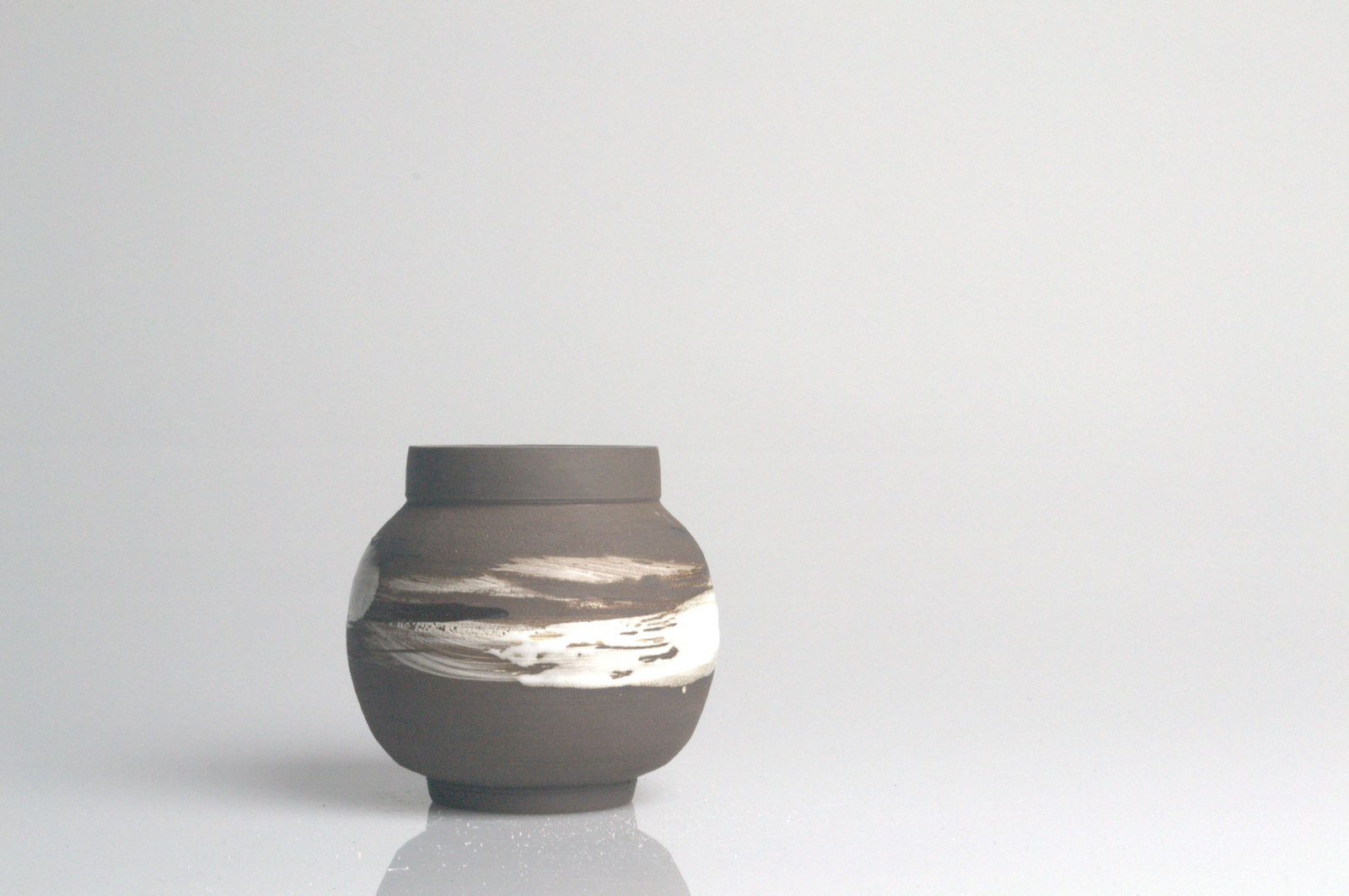The Cormorant
http://birdsnap.blogspot.com/2009_12_01_archive.html
“A large and conspicuous waterbird, the cormorant has an almost primitive appearance with its long neck making it appear reptilian. It is often seen standing with its wings held out to dry. Regarded by some as black, sinister and greedy, cormorants are supreme fishers which can bring them into conflict with anglers and they have been persecuted in the past.”
https://www.rspb.org.uk/birds-and-wildlife/wildlife-guides/bird-a-z/shag/
The Swale Mud
The Isle of Sheppey is an island off the northern coast of Kent, England, neighbouring the Thames Estuary, centred 42 miles (68 km) from central London. It has an area of 36 square miles (93 km²). The island forms part of the local government district of Swale. Sheppey is derived from Old English Sceapig, meaning "Sheep Island".
Today's island was historically known as the "Isles of Sheppey" which were Sheppey itself, the Isle of Harty to the south east and the Isle of Elmley to the south west. Over time the channels between the islands have silted up to make one continuous island. Sheppey, like much of north Kent, is largely formed from London Clay and is a plentiful source of fossils. The Mount near Minster rises to 250 feet (76 metres) above sea level and is the highest point on the island. The rest of Sheppey is low-lying and the southern part of the island is marshy land criss-crossed by inlets and drains, largely used for grazing.
https://www.mindat.org/loc-235875.html
https://www.mindat.org/loc-235875.html
The swale mud in particular evokes strong childhood memories- the exaggerated imagination of a child remembers bubbling grey mud enticing you in and drawing comparisons between the sinking mud from films, books and oral stories. Before boarding the dingy to row out to the boat I remember navigating the terrain, choosing to not listen to my father, instructing me not to walk on the mud. A red wellington getting stuck as my dad pulled me out. This experience only further confirmed my thoughts that the land can quite literally swallow you up.
Ghostly Shapes peppered throughout the Swale
SS Richard Montgomery
American Cargo Ship WW2
Still contain 1,400 tonnes of explosives
Ground and split in 2 in 1944
https://www.bbc.co.uk/news/uk-england-kent-14809752
https://www.geograph.org.uk/photo/180565
Red Sands Maunsell Towers
“Exuding eerie…ominous presence.”
The tower in the foreground would have been a gun tower, with a gun placed on the flat section that protrudes from the front. Other towers would have different functions such as search lights and accommodation. Hundreds of soldiers would live on these towers in six week placements which were very unpopular due to the remoteness of the placement.
https://www.geograph.org.uk/photo/180565
Drowning
Sinking
Consuming
Disappearing
Fading
Passing away
Dying
How can these ideas be represented through the clay form?
Started thinking about how these actions can be presented in the the clay or how the freshly thrown pot could be distorted by being exposed to the elements or element forces.
Workshop Day 2
Note to self- Glazing
Focussing back on the Swale, I thought about shapes and colours that impacted my memory of this place as a possible area of exploration. I thought about the artificial shade of colours like life jackets against a greyish sky and how I may be able to transfer some of these ideas into my pots. I think the idea of incorporating these colours into my work, stems from memories as a child in the Swale, where everything natural seemed so ‘all consuming’ and vast - the life jacket and the bouy markers weirdly brought some grounding and comfort perhaps due to the very nature of their existence- to save lifes/ to warn. As a child, I think there was some sort of safety in these artificial, block colours that dotted the landscape- plastic toys (bouys) and play pretend (life jacket) needless to say neither of these objects should be mistaken for either.
Orange
Green
Yellow
Vases inspired by shapes dotted throughout the Swale. These vases were thrown on the wheel and measure 30cm Height and 10cm wide. Thrown in Vulcan Black and 10% grog with Oil slick Black and Brilliant White Glaze. I wished to maintain the movement of the Swale waves through application of the glaze. I like how the glaze is heavy on the application and 3D to capture the movement- something I’m keen to continue exploring- creating a moment in time almost.
Vulcan black has been chosen because of the pallet that pertains the Swale: black cormorants, leaden skies and oil.
The angular shapes and distorted proportions are intended to play on this idea of the pareidolia - shapes looking almost human- but not quite. I’d like to start exploring a bit more with glaze application and see the affect of throwing shapes with a different clay base.








